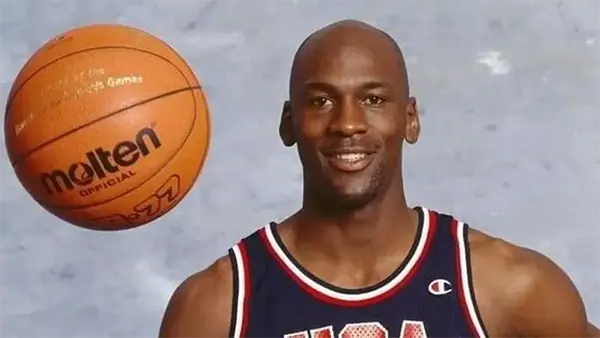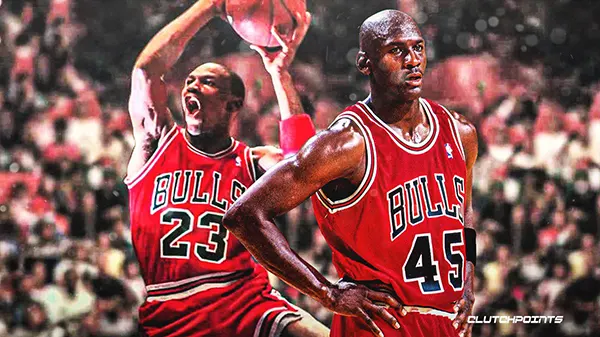
Unknown Jordan: 10 Stories That Didn’t Make It into ‘The Last Dance’
While “The Last Dance” offered a deep look into the life and legacy of Michael Jordan, many moments were left off-screen. Beyond championships and highlight reels lies a human being whose personal life and behind-the-scenes decisions are just as compelling. Here are ten lesser-known stories that reveal another side of the legendary athlete.
Early Mentorship: Jordan and the Unknown Rookie
In 1995, shortly after returning to the NBA, Jordan quietly took a struggling Bulls rookie under his wing. The player, whose name rarely appears in historical summaries, later revealed that Jordan would spend extra hours in practice just to boost his confidence. This silent mentorship never made headlines but had a lasting impact on that player’s brief but inspired career.
According to several accounts from assistant coaches, Jordan’s focus wasn’t always about building stars — it was about instilling work ethic. He saw potential in effort and pushed those around him regardless of their draft position or media attention. His influence extended far beyond what cameras captured.
Though the story remained buried for years, interviews from 2022 with former team staff confirm that this wasn’t an isolated case. Jordan’s off-the-record encouragement and private training sessions were a recurring theme for younger players, especially those doubting themselves.
Why It Was Omitted from the Documentary
Producers of “The Last Dance” reportedly focused on high-profile rivalries and key teammates. Stories like these didn’t fit the narrative arc. More importantly, Jordan himself never brought them up, as he preferred to keep certain aspects of his mentorship private.
The documentary aimed for broad appeal, centring on high-stakes drama. While mentorship is vital, it doesn’t draw the same attention as locker-room feuds or buzzer-beaters. This quiet act of support simply didn’t match the production tone.
Yet, the omission creates an incomplete portrait. Jordan’s human side was defined not just by dominance, but by empathy in moments the public never saw. His mentorship, though undocumented on screen, shaped careers and lives.
Support for Small Businesses in Chicago
During the 1990s, Jordan used his earnings not just on endorsements or luxury but to invest in underfunded neighbourhood businesses in the South Side of Chicago. These investments were made quietly and often involved no public recognition. Local shop owners have since come forward with stories of sudden financial help and mentorship from a “silent investor.”
One case involved a family-run bookstore that was struggling to keep its doors open in 1997. Jordan anonymously paid off their lease for two years. Only after the family sent a handwritten thank-you note to his agent did they learn who the donor was. This gesture kept the business alive well into the 2000s.
Such acts were repeated across the city, from community gyms to barbershops. Interviews with former Bulls staff suggest Jordan viewed these efforts as part of his duty to the city that embraced him. He understood the socio-economic gaps and worked behind the scenes to address them.
Why We Didn’t Hear About It
Jordan famously avoided mixing philanthropy with public relations. Unlike some athletes who built media campaigns around charitable giving, Jordan’s preference was silence. He believed actions mattered more than headlines.
Additionally, the documentary’s primary focus was on basketball legacy. Financial aid to bookstores or gyms didn’t contribute to that narrative and therefore never made the final edit. Even though impactful, these stories lacked the dramatic tension producers were seeking.
However, the long-term impact of these investments continues to surface. Local journalists and community leaders have documented his contributions in retrospective articles and interviews, painting a fuller picture of the man behind the brand.

Private Letters and Military Support
Jordan maintained years-long correspondence with U.S. veterans throughout his career. Initiated after receiving a letter from a Gulf War veteran in 1991, the basketball icon responded personally and continued the exchange for over a decade. He kept many of these letters in a private collection, unseen by the public until recently.
Several veterans revealed that Jordan’s responses were hand-signed and included words of encouragement and gratitude. In one notable letter, he offered to pay for a veteran’s child’s college tuition. Another included a personal invitation to attend a Bulls game as a guest of honour — something that took place without press involvement.
In 2024, one of the former recipients donated the full letter exchange to a military museum, where it’s now available for viewing. The contents highlight Jordan’s genuine respect for service members and his continued support off the court.
Why It Was Left Out
“The Last Dance” aimed to portray the competitive fire that defined Jordan’s career. Emotional and personal side stories were often seen as distractions from the main narrative of winning. As a result, his veteran correspondence never made it into the series.
Moreover, Jordan’s camp chose to withhold this information from producers to protect the privacy of the individuals involved. These were not PR moves but authentic gestures, and exposing them would have gone against the spirit in which they were made.
Today, with more veterans stepping forward, the story is being told on their terms — through memoirs, exhibitions, and testimonials — reinforcing a legacy that extends well beyond the hardwood.
